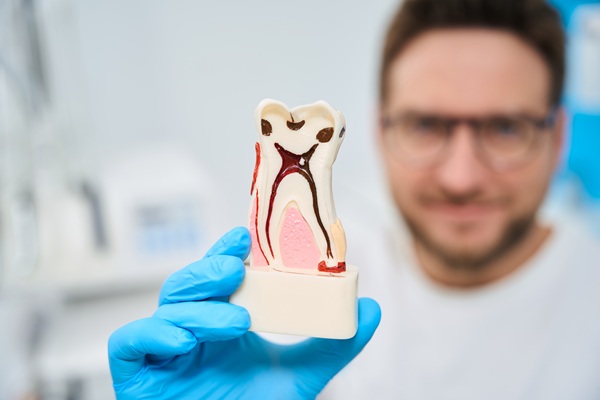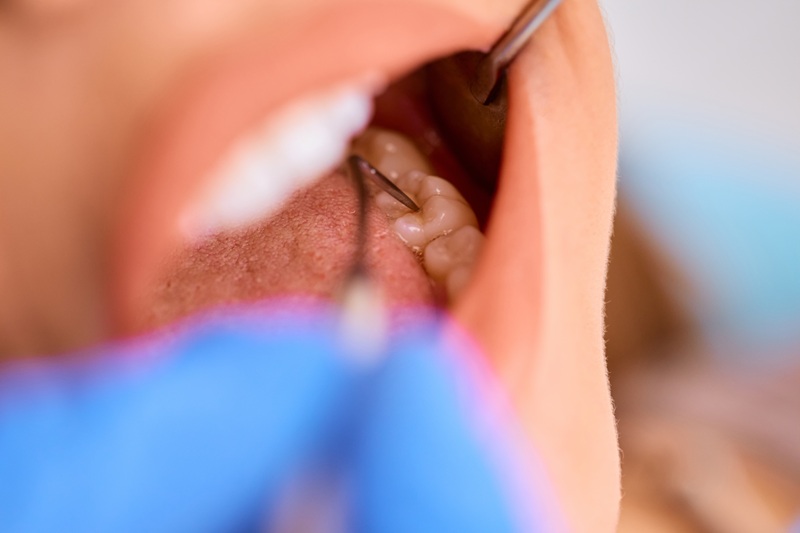When we hear the words “root canal”, more often than not, we immediately associate it with this scary experience that brings about a wave of nervousness and hesitation.
The truth however, is far from our initial reaction. While it is a treatment that has an intimidating reputation, the reality is root canal therapy is a common, safe, and effective way to save a natural tooth that’s been infected or damaged. At the heart of this procedure is an important step called obturation.
But what is obturation, exactly? Why is it done, and how does it affect your dental treatment? In this blog, we’ll break it down for you so that if you ever end up needing one, you’ll feel confident and informed about your dental care.
Let’s begin!
Understanding the Basics: What is Obturation?
Obturation is what we call the process of sealing the inside of your tooth after the infected tissue has been cleaned out during a root canal procedure.
Your tooth has tiny spaces inside called root canals. When these canals become infected or damaged—usually because of deep decay or injury—a dentist will clean them out. But cleaning alone isn’t enough. Once they’re cleared of bacteria, those tiny spaces need to be sealed to stop infection from coming back. That sealing step? That’s what we call obturation.
So, when you hear the term obturation dental treatment, it simply means the part of your root canal procedure where the inside of your tooth is filled and sealed to protect it.
Why Is Obturation Important in a Root Canal?
1. Prevents Future Infections
After the infection is removed, sealing the root canal is crucial to stop bacteria from returning. Without obturation, your tooth would be left open and vulnerable to reinfection.
2. Supports the Final Restoration
Once the root canal and obturation are complete, your dentist will place a crown or filling over your tooth. A properly sealed root supports this final restoration, helping it last longer and work better.
3. Helps Preserve Your Natural Tooth
Obturation plays a big role in helping your tooth function normally again. When done correctly, it means you can chew, smile, and speak without pain—just like you used to.
How Does the Dentist Perform Obturation?
You might be wondering what actually happens during this part of your treatment. It’s a standard procedure that involves a straight-cut process. Here’s what you can expect:
Step 1: Cleaning and Shaping the Canals
Before the obturation, your dentist cleans out the damaged pulp (the soft tissue inside your tooth) and shapes the canals for sealing.
Step 2: Drying the Canals
Moisture can lead to infection, so your dentist will dry the inside of your tooth carefully before sealing.
Step 3: Sealing the Canals (Obturation)
This is where obturation happens. A rubber-like material called gutta-percha is placed inside the root canals. This material is soft when inserted and becomes firm once set. It’s used with a special dental sealer that fills tiny gaps and completely closes off the canal.
Step 4: Final Restoration
After obturation is done, your dentist will either place a temporary filling or prepare your tooth for a crown. This step protects the treated area and strengthens your tooth.
Is Obturation Painful?
The short answer? An obturation is not painful.
At Bellevue Hill Dental, we make sure the area is completely numb before we begin the procedure. Most patients say they feel little to no discomfort during or after the obturation process. In fact, because the infected tissue has already been removed, you’re more likely to feel relief after the treatment—not pain.
It’s normal to feel a little tenderness for a day or two, but this can usually be managed with over-the-counter pain relievers like ibuprofen or paracetamol.
What Does “Obturator Sign” Mean?
You may come across the term “obturator sign”, but don’t worry—this isn’t directly related to your dental treatment. In medical terms, the obturator sign refers to a test used to diagnose appendicitis, not something you need to be concerned about with root canal therapy. It’s simply another example of how one word—obturator—can have different meanings depending on the field of medicine.
What Happens After Obturation?
Once your root canal and obturation are done, you’re almost there! Here’s what you can expect next:
Post-Treatment Care
- Mild soreness is common for a day or two. This is part of the healing process.
- Avoid chewing on the treated side until your permanent crown or filling is placed.
- Keep up your oral hygiene with gentle brushing and flossing around the treated area.
Final Visit
Your dentist will schedule a follow-up appointment to check your healing and, if needed, place your final crown. This crown protects the tooth and restores its strength so you can bite and chew as normal.
Why Staying Informed Matters
Understanding what happens during a root canal can make a big difference in how you feel about the treatment. While it might sound complex, it’s all about one simple goal: saving your natural tooth and protecting your smile.
By knowing what to expect and how obturation works, you can walk into your appointment feeling calm, informed, and ready.
Need Help With Your Tooth Pain?
Are you experiencing pain, swelling, or discomfort in a tooth? You might need a root canal with obturation being part of your treatment plan. At Bellevue Hill Dental, we’re here to help you feel better with gentle, expert care in a calm and supportive environment.
Contact us today to schedule a consultation and let us help you take the next step toward a healthier, pain-free smile.



